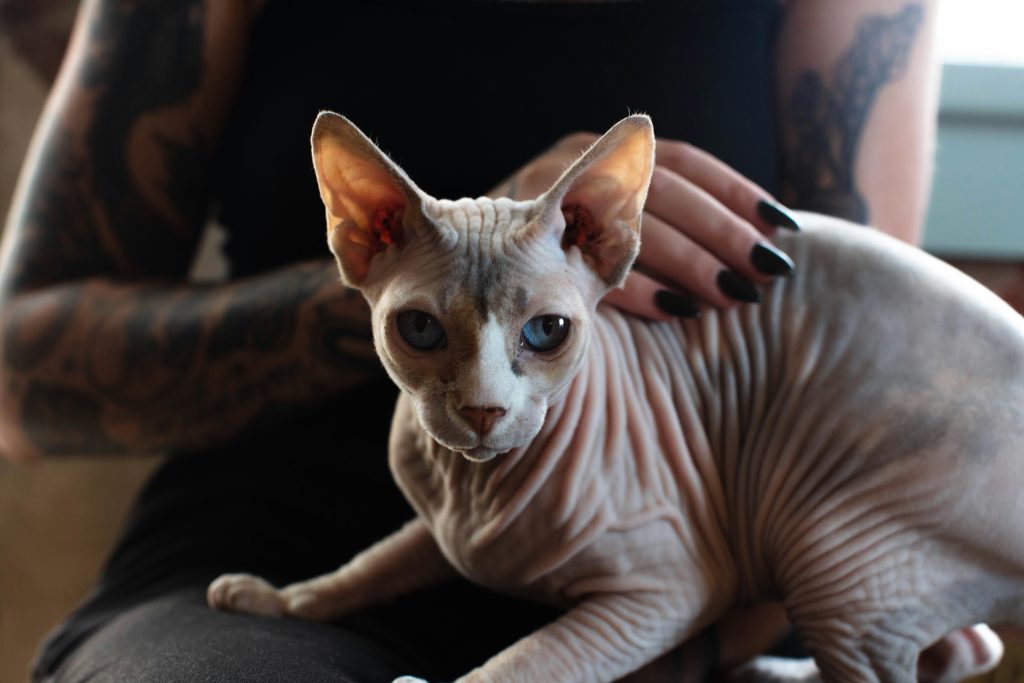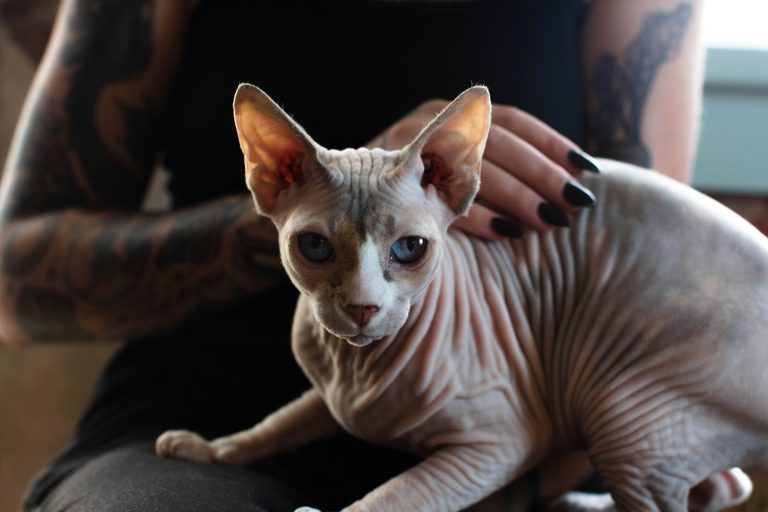When we think about cats, we often imagine fluffy furballs with playful antics and serene purring. But what about hairless cats? You might have heard them called “ugly” or “strange” by some, and today we’re diving into why these unique felines often get such a mixed reception. Buckle up as we explore the intriguing world of hairless cats, dissecting their appearance, and unraveling the reasons behind their controversial beauty status.

Understanding Hairless Cats: An Introduction
Hairless cats, particularly the Sphynx breed, are a striking departure from the standard image of a cat. Born without fur due to a natural genetic mutation, these cats have a unique allure. Despite their distinctive look, many people find them unusual or even unattractive. But is this “ugliness” a matter of perspective, or is there something more to it?
The Genetic Quirk Behind Hairlessness
Hairless cats aren’t just a fashion statement or a quirky breed; their lack of fur is the result of a genetic mutation. This mutation affects the development of hair follicles, resulting in the smooth, hairless skin we see. But how does this genetic twist affect their appearance, and why might it lead some to consider them “ugly”?
The Sphynx Cat: The Face of Hairlessness
The most well-known hairless cat breed is the Sphynx. With its wrinkled skin, large ears, and prominent cheekbones, the Sphynx stands out as a truly unique breed. While some find its appearance fascinating, others can’t help but see it as a departure from the traditional feline beauty standards.
Why Some Find Hairless Cats Unattractive
Deviation from Norms
Hairless cats defy conventional beauty standards. Where other cats boast luxurious fur, the hairless cat flaunts its bare skin. This deviation from the norm can make them seem less appealing to those who are used to the more traditional feline look.
Exposed Skin and Wrinkles
The exposed skin of a hairless cat, combined with its many wrinkles, can be unsettling for some. Instead of the smooth, sleek fur that most people associate with cats, you get a cat with folds and creases that might look unusual.
Lack of Fur and Its Effects
Temperature Sensitivity
Without fur to insulate them, hairless cats are more sensitive to temperature changes. This can result in them needing extra care to stay warm or cool, which some might view as a downside. Their need for sweaters or frequent baths can be seen as an inconvenience rather than a charming quirk.
Skin Maintenance
Hairless cats require regular skin care, including bathing to remove oils and dirt that would typically be absorbed by fur. This constant maintenance might make them seem less appealing to those who prefer a low-maintenance pet.
Cultural and Historical Perceptions
Historical Views on Hairless Cats
Historically, hairless cats have been seen as unusual or exotic. Ancient cultures had various beliefs about these unique felines, which may have influenced contemporary views on their appearance.
Modern Media and Representation
In modern times, how hairless cats are portrayed in media can impact public perception. Often depicted in a comedic or negative light, these portrayals can contribute to the perception of hairless cats as “ugly.”
The Appeal of Hairless Cats: An Alternative Perspective
Unique Features
While some might see hairless cats as unattractive, others are drawn to their unique characteristics. The hairless appearance can highlight other features, such as their expressive eyes or distinctive ear shape, which might appeal to those who appreciate unconventional beauty.
Personality Traits
Many hairless cats have endearing personalities that can make them more attractive to potential owners. Their playful and affectionate nature often outweighs their unusual appearance, showing that beauty is truly in the eye of the beholder.
Caring for Hairless Cats
Grooming and Skincare
Proper grooming is crucial for hairless cats. Regular baths and skin care help keep their skin healthy and prevent issues like oil buildup. For those willing to invest time in their care, hairless cats can be rewarding pets.
Health Considerations
Hairless cats may have specific health needs, including protection from sunburn and temperature extremes. Understanding these needs is essential for providing the best care and ensuring a happy, healthy feline friend.
In conclusion, the question “Why are hairless cats ugly?” might not have a straightforward answer. Beauty is subjective, and what some find unattractive, others may find fascinating and endearing. Hairless cats, with their unique looks and special care requirements, challenge traditional beauty norms and invite us to broaden our perceptions of what makes a cat beautiful. Whether you find them charming or peculiar, there’s no denying that hairless cats add a special touch to the feline world.
FAQs
1. What causes hairlessness in cats?
Hairlessness in cats is typically caused by a genetic mutation that affects hair follicle development. The most common breed with this trait is the Sphynx.
2. Do hairless cats require special care?
Yes, hairless cats need regular skin care, including bathing to remove excess oils and dirt. They also require protection from extreme temperatures and sunburn.
3. Are hairless cats prone to any health issues?
Hairless cats can have specific health considerations, such as increased sensitivity to temperature and potential skin problems. Regular vet check-ups can help manage these issues.
4. Why do some people find hairless cats unattractive?
Some people find hairless cats unattractive due to their deviation from traditional feline beauty standards, exposed skin, and distinctive wrinkles.
5. Can hairless cats be affectionate pets?
Absolutely! Hairless cats are known for their affectionate and playful nature. Their unique appearance often hides their warm and loving personalities.

